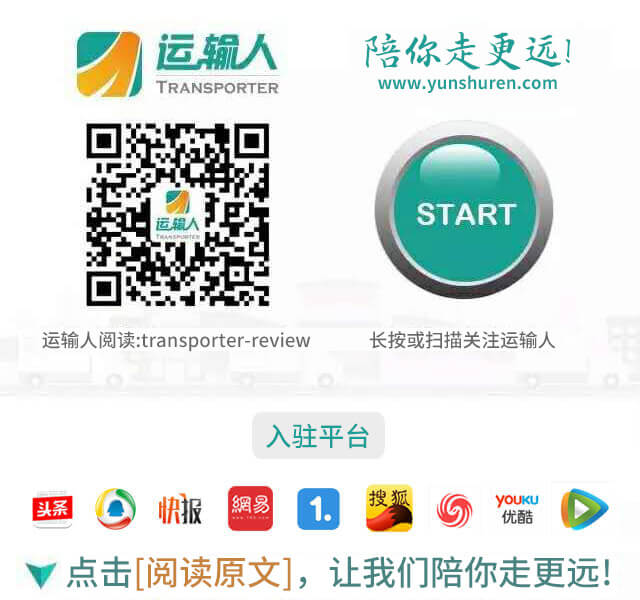In just the near future, automated vehicles are expected to become more than a rarity on the road. But traffic in urban and metropolitan areas in particular presents challenges for researchers and developers. After all, the complex urban traffic environment requires much more comprehensive recognition of traffic guidance systems and situations than in clearly structured settings such as motorway driving. The technologies used must also be able to deal with uncertainties and ambiguities.

The @City and @City-AF projects were set up with the aim of finding solutions to satisfy these highly complex requirements. The @City-AF project, which was launched in the summer, translates the knowledge gained in @City into specific automated functions. The two initiatives have seen 15 partners from the automotive industry – including MAN Truck & Bus – the supply industry, the software development sector, as well as science and research institutes joining forces. With support from Germany’s Federal Ministry for Economic Affairs and Energy (BMWi), which is supplying around €20 million in funding for the projects, the project partners are working together to research automated driving functions for urban settings.
“Automated driving is one of the key ideas associated with the transport of tomorrow. It could significantly assist with reducing accident rates, as well as making traffic efficient and fit for the future in urban areas,” Patrick Ernst, the @City-AF project lead at MAN Truck & Bus, says of the motivations behind the commitment. Ernst adds: “The automated city bus will play an important role in this. I am convinced that in the future, it will be an integral part of urban core traffic.”
To simulate automated driving functions and make it possible to test them under realistic conditions, MAN will equip a city bus with sensor and actuator systems, using it as a test vehicle. “In addition, our experts will be developing an assistant that will help make it possible to automatically drive up to a bus stop,” Ernst continues. Another goal MAN Truck & Bus has set is to establish the need for interaction with passengers. Based on these findings, this is to be implemented as a prototype, forming part of an internal and external human-machine interface. “It is important for each party involved to understand what the other side is doing, how man and machine can communicate with one another, and how misunderstandings can be avoided,” explains Ernst.
One of the research project’s aims is to create a shared understanding of automated driving in towns and cities, which also makes @City a pioneer in the area of de facto common industry standards. The project also seeks to play its part in ensuring that future urban traffic is designed to be as safe, convenient and stress-free as possible. Automated vehicles are intended to support the driver and improve the interaction between the vehicle and the driver, as well as between the vehicle and any pedestrians or cyclists.

